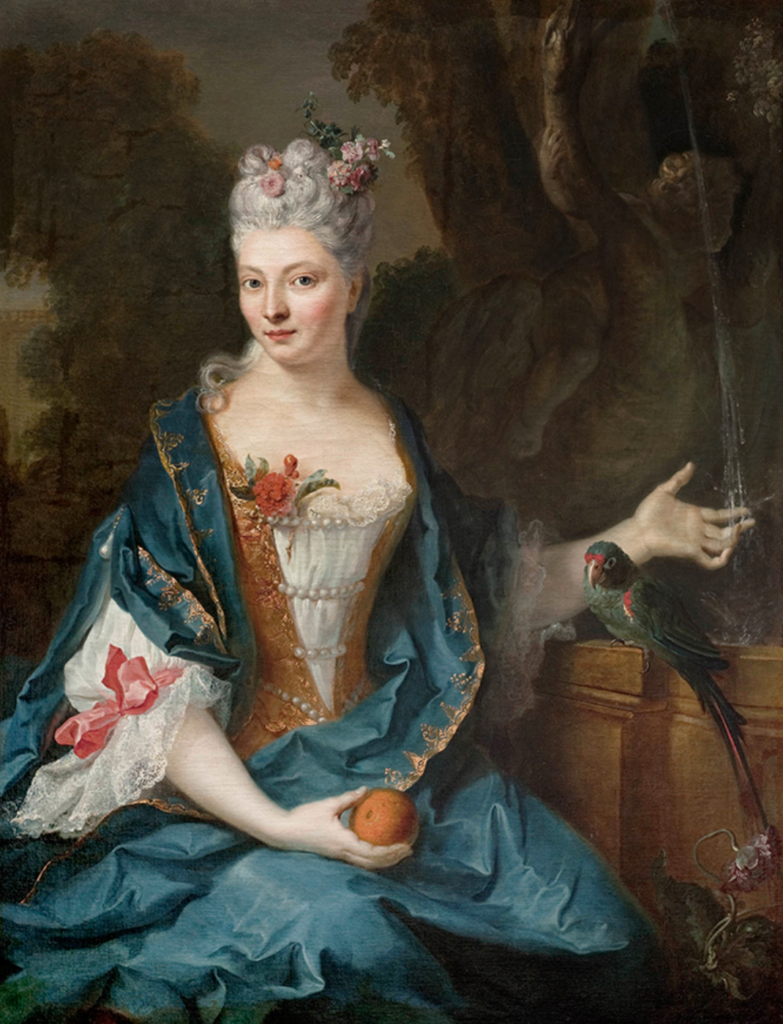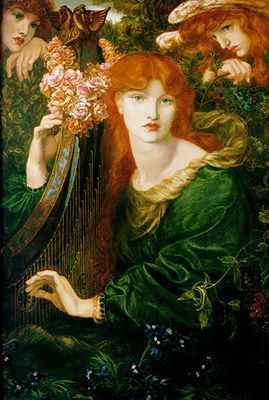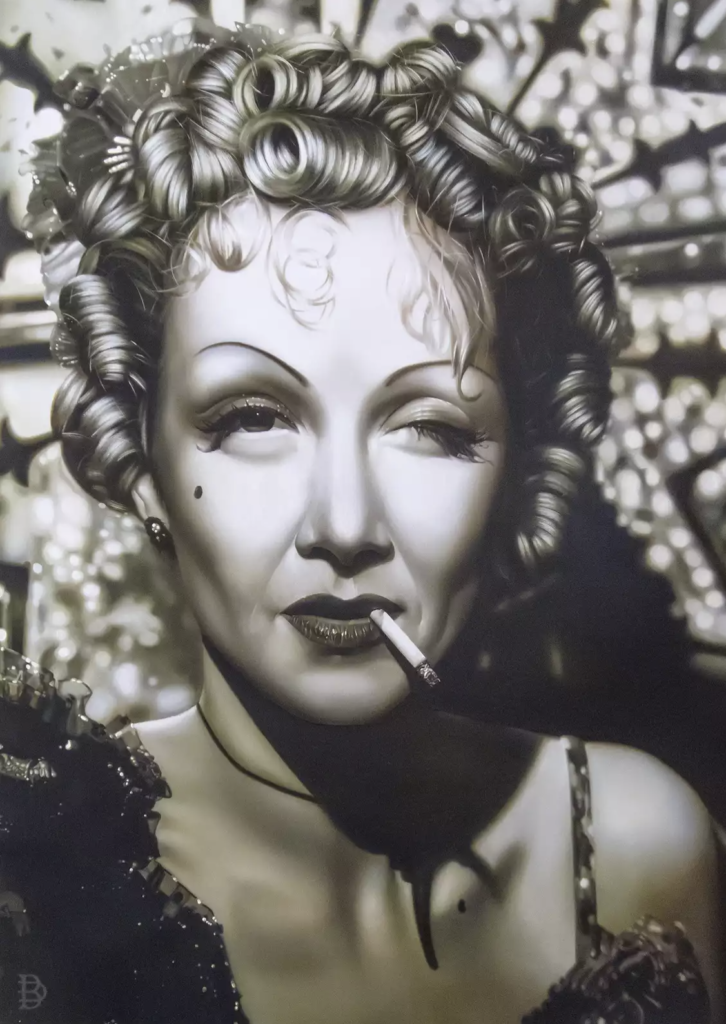Ars Gratia Artis
written by art historian & curator
Choose any film made by Metro-Goldwyn-Mayer and pay attention to its motion logo. While the lion roars, around his head a motto is scrolling: Ars Gratia Artis. We’ve seen it thousands of times by now but I wonder how many of us really tried to understand the meaning of the phrase. In the 19th century, the French and English aristocracy promoted a bohemian slogan that was intended to separate art from any of its social, moral, or political functions. ”L’art pour l’art” or art for art’s sake is nothing more but the pure joy of the eye, ear, and soul without confounding it with other emotions from the political or religious sphere.
Join our free online talks:
Artistic creations are some of the oldest manifestations of humankind in terms of cultural and societal development. We can trace them to Prehistoric times. Researchers state that this means of expression appeared as a natural need to express beliefs, to represent the environment, and to capture processions, rituals, and religious scenes. In the past art has been indisputably connected to a functional purpose. Small sculptures served in the religious rituals, and architectural masterpieces served as tombs for pharaohs and kings. For thousands of years religion and leading authorities merged hand in hand and art was an indissoluble part of their power display.
However, with the Industrial Revolution and the Age of Enlightenment mentality of both the aristocracy and the masses started to change and artistic creations evolved on a different path. Their interest shifted from classic subjects with historical and religious content to the modernity of the new world and its technological conquests. Let’s see what separated art from its functionality and if it could exist per se in our contemporary world.
The Birth of the Movement
The English and French civilisations represent many times a turning point in the world’s history. Powerful and rich monarchies, the two cultures financed political systems in which religion, politics, and art were a single entity. For this reason, art belonged to the rich for many hundreds of years. The masses could only witness the massive display of monumental churches and vivid paintings and sculptures of both laic and sacred scenes. God is the rightful ruler of the entire universe and the king is his elected ruler on Earth. People would awe in front of them and could never think of opposing or changing such a system.

The Age of Enlightenment was the first step of philosophers and intellectuals toward the moral values of human happiness. It is during the 17th and 18th centuries that ideas based on reason and the evidence of senses took deep roots in European culture and eventually spread globally. One particular ideal seemed to grow in popularity but not in the favor of the monarchies: separation of church and state. Political distance became a must considering the historically tight relationship between the organisations of the state and church. Thomas Jefferson coined the term ”separation of church and state” and the English philosopher John Locke promoted the concept worldwide.
Although art was not an identity part of either, it served both institutions. Together with the separation ideals, art obtained a more liberated status and artists could follow some personal interests. During the 19th century, in modern France, official painters would teach in the royal academies and paint for the emperor according to his political and aesthetic desires while the rest of the guild was left outside.
The idea of Art for Art’s Sake was illuminating for the French cultural environment and included not only artists but also writers and critics such as Théophile Gautier and Charles Baudelaire. It was a rebellion against academic painting and the state. With time, artists were supported by philosophers and intellectuals who preached for the pure aesthetic role of art, and that art should exist only for the joy of the eyes. Thus, the Aesthetic movement was born and promoted by the English Walter Pater, Algernon Charles Swinburne, and James McNeill Whistler. Intellectuals discarded the old-fashioned role of art in the service of the official authorities and stated that art should be independent and appeal only to artistic senses. At the same time, artists rejected emotions like patriotism and intended to distance themselves from any kind of sentimentalism, even though it meant rejecting any form of Romanticism.
Art for Art’s Sake
L’art pour l’art, Kunst für die Kunst, and Art for Art’s Sake are well-known expressions that empower art with an independent status suggesting it stands alone, stripped of all social values and practical functions such as didactic, moral, or political justifications. Some scholars describe such artworks as autotelic pieces, items that are complete in themselves. This concept can also describe human beings that are inner-directed and who do things for their own sake rather than to obtain a bigger goal.
Self-sufficient art refers to a category of creations with strong decorative and aesthetic features, without social, political, religious, or historical meaning. The piece is valuable for reasons such as beauty, if it’s capable to induce awe through visual means, its creation process, and materiality. From this perspective, the most important features of art are its use of line, colour, pattern, tone, light-shadow, and volumetry.
Let’s have a look at “La Ghirlandata”, a work painted by the English artist Dante Gabriel Rossetti in 1873. A portrait of a woman playing the harp, surrounded in the superior part by two angels while the rest of the scene is filled with luscious green foliage and flowers such as vivid honeysuckle and roses. Rossetti has been categorised by critics as being a representative artist of both the Aesthetic movement and the Pre-Raphaelite artistic period. This specific painting seems to be part of Rossetti’s sensual series of feminine paintings embodying love and beauty. She is delicately moving her fingers on the instrument; the rich velvet creates visual pleasure and her striking red hair seems to stimulate the senses.

The painting has been revered by critics favoring the Art for Art’s Sake movement. “La Ghirlandata ” with its idealized beauty was the perfect representation of the “cult of beauty” for which the movement stood. Alexa Wilding was the model for the painting that eventually became an icon of the movement. William Michael Rossetti, the brother of the artist, wrote in his aesthetic essays that Rossetti’s intention was “to indicate, more or less, youth, beauty, and the faculty for art worthy of a celestial audience, all shadowed by mortal doom.”
However, the German philosopher Friedrich Nietzsche suggested in his works that art cannot exist without human beliefs as people offer meaning to an art piece. Arts have always expressed virtues that were important to humankind at a specific point in history by communicating core beliefs. Artists themselves were driven by a moral purpose to express their thoughts, an instinct of the creator which aims at speaking about a profound sense of art, life, and art in life. As a consequence, one could never understand art as purposeless and state that art exists only for the sake of art.
The Mexican artist Diego Rivera, claims the art for art’s sake theory would support the old system of social class division. The rich would still be the only ones capable of acquiring the ”pure art”, while the masses still cannot afford to enjoy the beauty and the meaningful messages of art. Rivera, as a member of the Mexican Communist Party, has supported the theory according to which the most important characteristic of art is the social function with the help of which people are being stimulated to become better citizens.
Contemporary Views
Contemporary art has many faces and allows creative manifestations of all types including performances, paintings, new media, and digital art. The subjects and content are not limited by any restriction but our own understanding. Every creation is valuable for the theme and ideas it represents, for the execution, and for the visual form.

Although Art for Art’s Sake was replaced by other artistic movements by the end of the 19th century, the radical views and the scandal it provoked influenced other major movements such as Dada and Futurism. Also, the main idea that Art for Art’s Sake supported – that art’s value is not related to the subject but purely connected to qualities such as line and tone – remained revealing, and some of those ideas were taken over by Abstraction art. The 19th-century artistic movement Art for Art’s Sake has opened the pathway for Wassily Kandinsky and his fellow artists belonging to Abstract Expressionism.
Art for Art is a contemporary artistic manifestation influenced by Art for Art’s Sake. The group is formed by American, European, and Chinese artists. Although their styles may vary, the artists are united by the same ideology which is that any piece of art is valuable for its expression and pure existence. The movement rejected all other factors that might influence the work’s true value such as sales, name, or gallery interventions. For this reason, the artists hide their true identities and work under a pseudonym. At the same time, the name of the group suggests that the artists want to eliminate any elitism from art and to return to a simple and decorative purpose.
An inaugural art exhibition of the group took place in Monaco organised by Franck Monsonego. The researcher used his lifetime artistic experience to support this new project. Here are some names of artists that are part of the Art for Art movement: John Atwood, Sofia Rossi, Harry Carlson, Bertha Delisi, Patrick Duchamp, Max Rey, Jing Wu, and Ursula Larsen.
GET MORE FROM LEVEL



Leave a Reply